If you’re recently self-employed or run a newly incorporated business, it’s essential to keep track of some important dates during the current tax year, to make sure that you fulfil your legal obligations when it comes to tax returns, accounts and paying any related costs. It’s also vital to make sure that you’re up to date with current tax rates, allowances and thresholds (some of which may have changed in April 2023 with the new tax year) to make sure that you’re working with accurate information and calculations.
We’ve outlined some of the key financial dates below to help you keep track and make sure you don’t miss any important deadlines.
- April 6th 2023 – Start of the new personal tax year
- April 19th 2023 – Deadline for employers submitting their final PAYE return
- May 31st 2023 – Deadline for issuing P60 forms to employees
- July 31st 2023 – Deadline for second Payment on Account for self-assessment for the previous tax year (2022/23)
- October 5th 2023 – Deadline for registering for self-assessment if trading began in the 2022/23 tax year
- October 31st 2023 – Deadline for submitting a self-assessment tax return by post for previous tax year (2022/23)
- January 31st 2024 – Deadline for submitting digital self-assessment tax return for tax year 2022/23, paying any self-assessment tax due for that year and the first payment on account for tax year 2023/24.
If your business is a limited company, you will also have a company filing deadline which depends on your individual company formation date and financial year-end. If your business is VAT registered, you will also have to complete a VAT return and the deadline for this, along with paying the VAT owed, depends on your accounting period.
Summary of UK tax rates, bands, thresholds and allowances for business for the 2023/24 tax year
It’s important to note that Scotland has its own income tax rates and thresholds, but for the 2023/24 tax year, England, Wales and Northern Ireland are all using the same rates. The information below is not exhaustive, and it’s recommended that you speak to an experienced accountant to help you ensure that your tax affairs are in order.
Personal allowance in 2023/24 tax year
This is the amount of money that an individual can earn before paying income tax. This relates to income gained through employment and self-employment. If employed, the personal allowance will be taken into account automatically by the payroll system and the PAYE scheme. The personal allowance for 2023/24 is £12,570.
If you earn more than £100,000 in the tax year, the personal allowance is reduced by £1 for every £2 earned above this rate. This means that if you earn more than £125,140 in the 2023/24 tax year, you do not receive any personal allowance.
For those who are self-employed, the personal allowance is taken into account for tax calculations when submitting self-assessment tax returns. For limited companies, your own payroll system will take the personal allowance into account when paying you a salary.
Income tax rates, bands and thresholds in 2023/24 in England, Wales and Northern Ireland
Once the personal allowance is taken into account, your remaining income above that is taxable. The rate of tax and the threshold at which it applies will vary.
- Those earning between £12,571 and £50,270 will pay 20% (basic tax rate) on the amount earned that is above the personal allowance.
- Those earning between £50,271 and £125,140 will pay the 20% basic rate on what they earn below the threshold and 40% (higher rate tax) on what they earn above it.
- Those earning more than £125,141 will pay 20% on their earnings up to £50,270, 40% tax on their earnings between that to £125,140 and 45% (additional rate tax) on anything above that.
Dividend tax rates, allowances and thresholds
If you are a limited company and take a salary but are also paid in dividends, as is often the case, you will need to pay tax on this income too. These are the rates and thresholds:
- Up to £1000 is tax-free
- Up to the top of the basic rate (max £50,270), the dividend rate is 8.75%, it is 33.75% for higher rate taxpayers and is 39.35% for additional rate taxpayers.
To ensure the most tax-efficient way of utilising salary and dividends in your specific circumstances, it’s important to get specialist advice from an accountant.
Corporation tax rates and thresholds
Corporation tax is the tax that a limited company pays on its taxable profits.
For the 2023/24 tax year, the rate for companies with taxable profits below £50,000 is 19%.
The rate for taxable business profits above £50,000 depends on the specific circumstances of that business, but can be up to 25%.
Getting your personal and business taxes right can be daunting, because the consequences of getting things wrong can be serious, especially if you find yourself being investigated by HMRC.
Take the stress out of managing this by utilising a specialist accountant who can help ensure that you are fully compliant with any deadlines, amounts of tax due and that things are filed and paid on time.
Get in touch with us to find out more.
